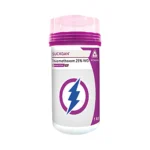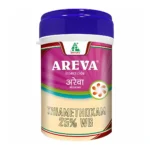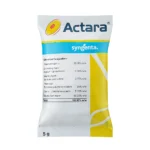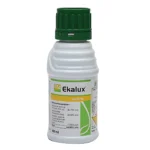Acid Lime Pests
WhiteFly
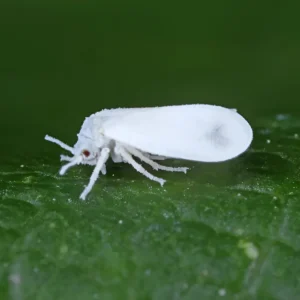
Symptoms
- Leaf Yellowing and Wilting: Infested leaves may show yellowing or a stippled appearance due to the feeding activity of whiteflies, which extracts sap from the leaves.
- Honeydew and Sooty Mold: Whiteflies excrete a sugary substance known as honeydew, which coats leaves and fruits. This honeydew promotes the growth of sooty mold, a black, powdery fungus that can interfere with photosynthesis and reduce fruit quality.
- Stunted Growth: Severe infestations can lead to stunted growth and reduced fruit production due to the stress on the plant from extensive sap loss.
- Virus Transmission: Whiteflies can transmit several viruses, such as the Citrus tristeza virus (CTV), which can severely impact citrus health and yield.
Identification
Adult Whiteflies:
- Appearance: Adult whiteflies are tiny, about 1-2 mm long, with a white, powdery wax coating on their wings and bodies, giving them a dusty appearance. They resemble small moths and are usually found on the underside of leaves.
- Behavior: Whiteflies are usually inactive but can fly short distances when disturbed. They tend to congregate in large numbers on the undersides of leaves.
Nymphs and Pupae:
- Appearance: Nymphs are tiny, flattened, and scale-like, usually translucent to pale yellow. As they mature, they become more opaque and eventually form a pupal stage with more distinct features, including red eyes.
- Behavior: Nymphs and pupae are immobile and remain attached to the leaf surface where they feed by sucking sap from the plant.
Management
- Yellow Sticky Traps: Use yellow sticky traps around the orchard to monitor and reduce adult whitefly populations. These traps are effective in capturing flying adults, thereby helping to reduce the number of eggs laid.
- Reflective Mulch: Reflective mulches can help repel whiteflies by making it difficult for them to locate the host plants, thus reducing infestation levels.
|
Insecticide |
Dosage |
|---|---|
|
2 ml/lit |
|
|
1 gm/lit |
₹250
Select options
This product has multiple variants. The options may be chosen on the product page
₹225
Select options
This product has multiple variants. The options may be chosen on the product page
₹249
Select options
This product has multiple variants. The options may be chosen on the product page
₹222
Select options
This product has multiple variants. The options may be chosen on the product page
